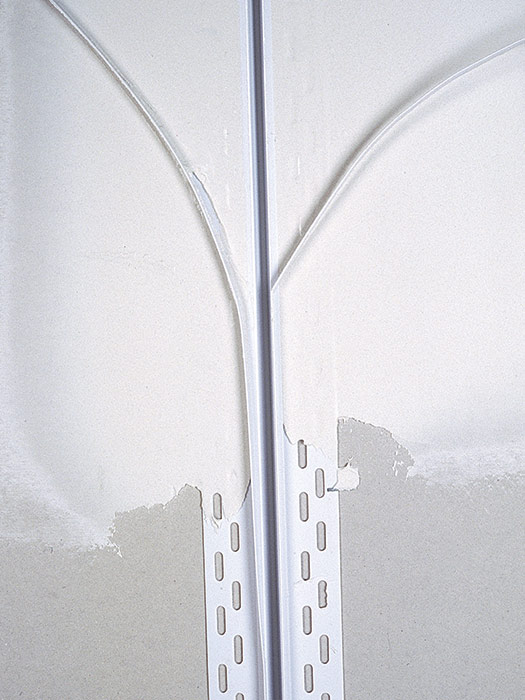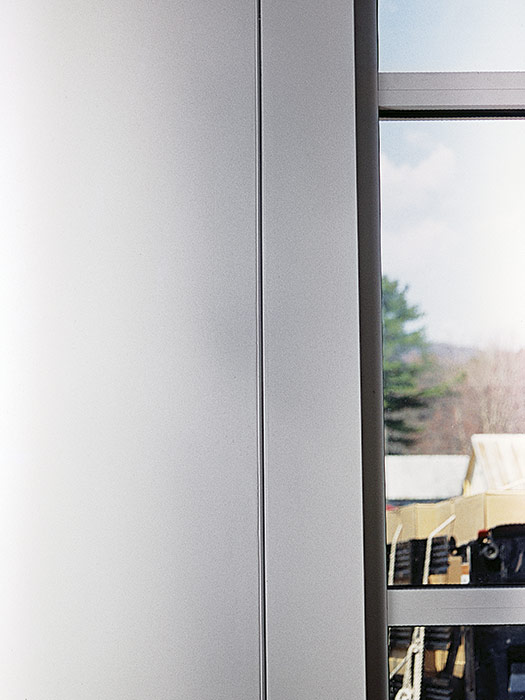Drywall Control Joints
Expansion joints help to control ridging between panels that cross structural joints.

There aren’t a lot of control (expansion) joints used in residential and light commercial drywall jobs, but occasionally they are required. I, however, think they should be used more often. The Gypsum Association recommends installing control joints wherever partition walls or ceilings transverse construction joints. An example of this is a stairway in a two-story house. If the drywall joint is anywhere near the transition from the first to the second floor, the seam will ridge out. And because these areas usually have an overhead light shining down along a wall, the seam is often difficult to conceal.
You could hang a panel to span the transition point, but ridging is still possible. That’s why I like to use a control joint in those areas. The joint accommodates changes at the weakest point—in this case, the drywall seam. Leave a gap between panels and embed the control joint in compound or glue or staple it in place. Be sure to leave the center of the control joint clean so it can expand and contract as needed.







